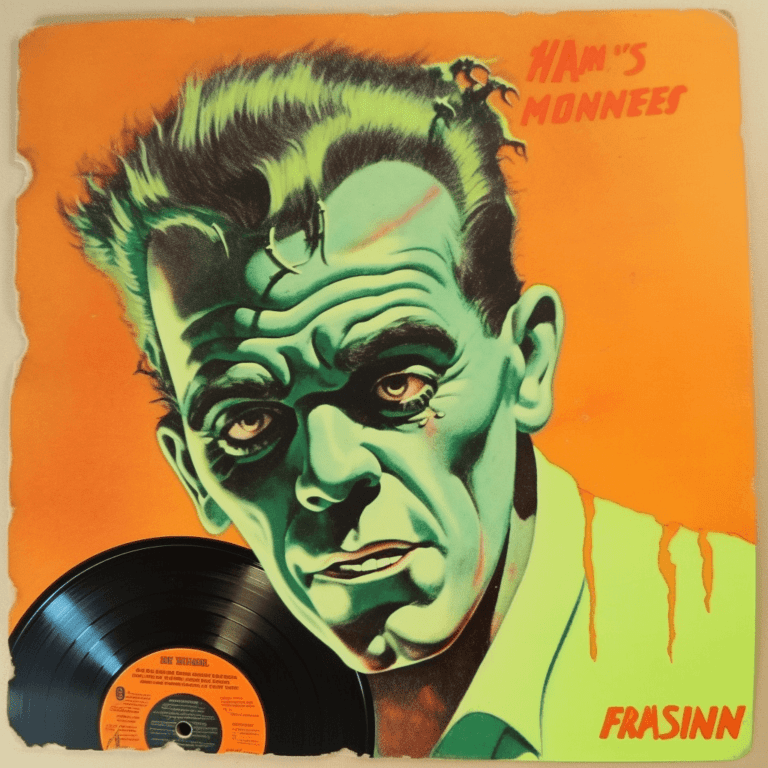Audio signal
An audio signal is like a musical messenger carrying the sounds we love. It’s an electrical representation of sound waves that pass through cables or wireless connections. Imagine your voice travelling through a magical wire, turning into electrical impulses that carry the message of your words. That’s an audio signal in action!
Delving deeper, audio signals come in two types: analog and digital. Analog signals are continuous and represent sound waves directly, like old vinyl records. On the other hand, digital signals break down sound waves into a series of 0s and 1s, like the songs in your smartphone or computer.
In modern times, audio signals surround us, and they make our lives more vibrant. Take, for instance, music streaming services like Spotify or Apple Music. When you select your favourite song, it’s transformed into a digital audio signal, travelling through the internet and reaching your device in a matter of seconds. The device then converts the digital signal into an analog one, producing the beautiful music you hear.
Even live concerts rely on audio signals to create an immersive experience for the audience. Microphones capture the singers’ voices and the instruments’ sounds, transforming them into electrical signals. These signals are then amplified and sent through speakers to fill the venue with music that touches our hearts and souls.
In summary, an audio signal is like a magical bridge connecting us to the music we adore. It converts sound waves into electrical impulses, carrying the melody and rhythm to our ears. With the advent of digital technology, the way we interact with audio signals has transformed, making music more accessible and enjoyable than ever before.

So what’s this site all about anyway?
Well, if you ever find yourself needing music for anything – a YouTube video, a podcast, a school project, a presentation, TV commercial or even a film – then browse, preview and download any of our tracks





